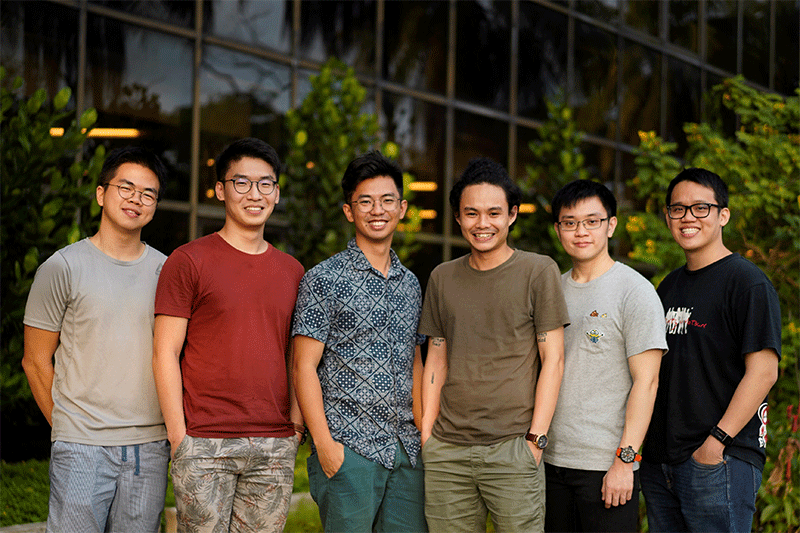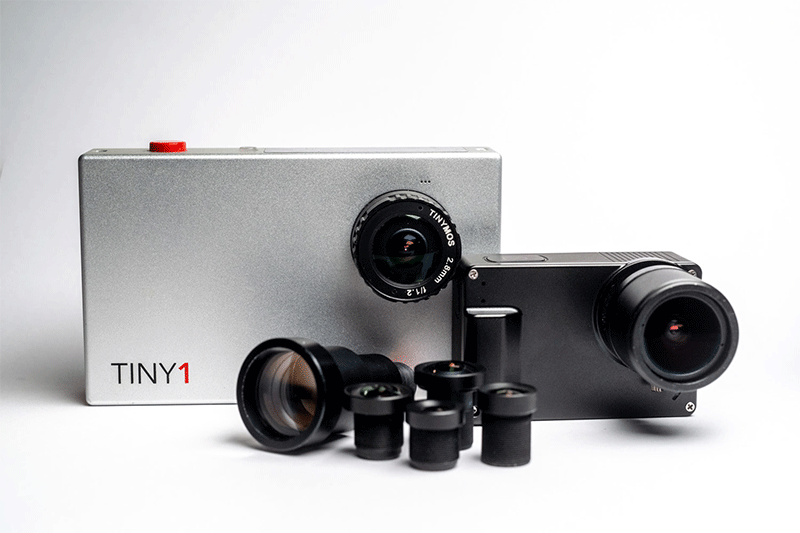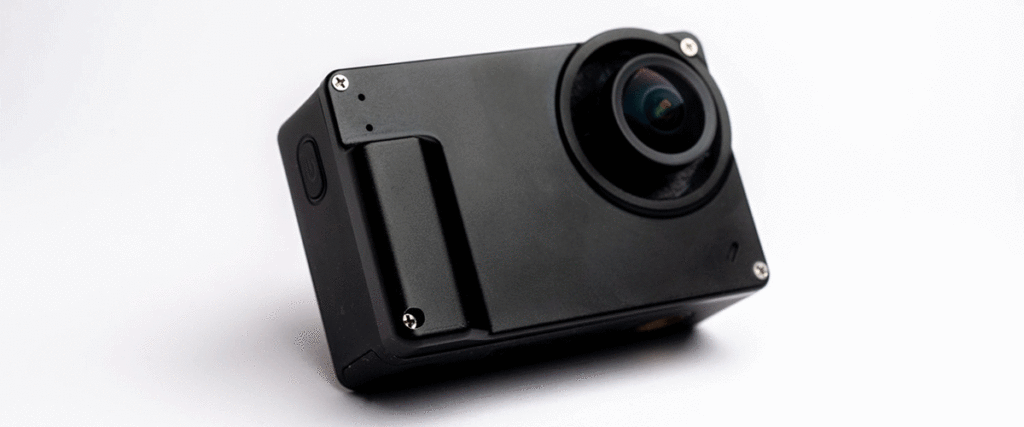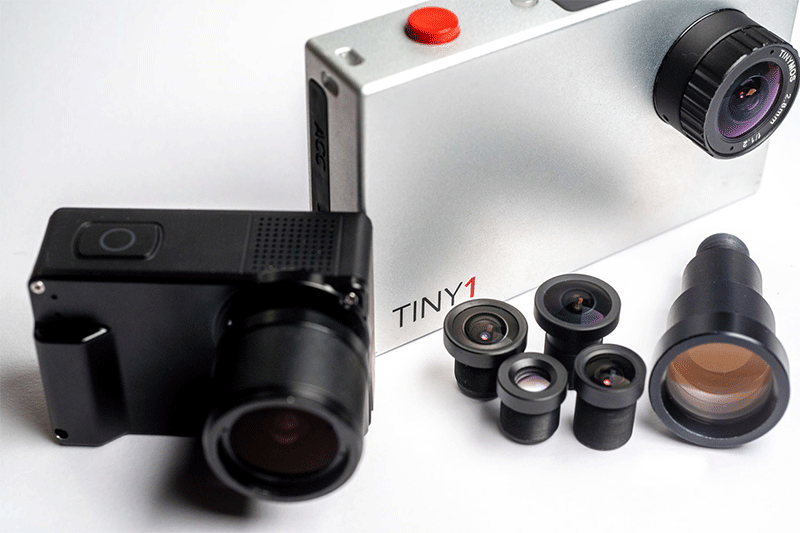Capturing the stars has never been easier with TinyMOS, a Singapore-based startup specialising in creating pocket-sized astronomy cameras. We talk to Grey Tan to discuss how their products can bring the stars closer to all of us.
In 1973, Doug Berger, then President of the Astronomical Association of Northern California, created World Astronomy Day, a celebration that aimed to bring astronomy back down to earth by making it a more accessible passion for everyone. Grey Tan, CEO and co-founder of TinyMOS, has just invented the world’s smallest astronomy camera, bringing the stars one step closer to earth again.

Grey has always been captivated by the beauty of the sky. “When I was an undergraduate, I took two physics modules outside of my Communication and New Media major: Einstein and Quantum Weirdness, and Sky and Telescope. The professors always told us cool facts, such as how stars are formed and what stardust is. I found these stories very fascinating and went on a few astronomy trips to look at the stars myself. My first was to Mersing, Malaysia. Being a professional photographer, I brought my DSLR but realised that with four years of photography experience I did not know how to capture astronomy images. So, I decided to simplify some of the functions to spread astronomy and astrophotography to more people.”

With this in mind, Grey founded TinyMOS with COO Ashprit Singh Arora and CTO Chia Lih Wei in 2014. “With TinyMOS, our goal is to make astronomy more accessible. Astrophotography is different because it has a lot of very interesting requirements, such as maximum shutter speeds for star trailing, which can be very confusing for amateur photographers. What we have done is set the camera at auto exposure mode so that users can just point at the object of their desire and capture images they are otherwise not able to get with normal cameras.”
In 2016, TinyMOS created their first camera Tiny1, a pocket-sized version installed with a see-through, augmented reality star map that shows users labels of stars and constellations. Tiny1 successfully raised USD 490,289 and was 364% funded by backers on Indiegogo. This unprecedented popularity encouraged Grey and his team to take their venture to the next level. In December 2018, the team launched another campaign on Kickstarter to promote their next invention, Nano1. “Nano 1 is the refinement of Tiny1. It’s about ⅓ the volume of Tiny1 and is definitely less than half the weight of the previous model. Fitted with better sensors and 4k resolution lenses, the camera is more future proof.” Within a month, 391 backers pledged USD 162,441 to bring Nano1 to life.

The success of Tiny1 and Nano1 has captured the attention of CNBC, Mashable, PetaPixel and more. For the team, that success might have spurred them on but was not always been easily won. “Raising funds will always be a challenge for hardware companies, especially in Singapore, because funding is more targeted towards software companies. We have raised funds from crowdfunding and from a few angels and corporate investors based in Singapore and Hong Kong.” Finding the right team wasn’t straightforward either. “In terms of recruitment, we spent a lot of time finding the right software engineer. Luckily, our recruitment drive coincided with Google’s decision to move their Asia Pacific HQ to Singapore, which led to a surge in talents and we are now fortunate to have two software engineers on board. As for the hardware design, it has never been a big issue because it is done by my CTO and secondary school classmate Lih Wei. I actually flew to the United States to invite him to join the company while he was on the NUS Overseas College Program at Silicon Valley!” says Grey.
So, what comes after the world’s tiniest camera? “In terms of product, we will always be true to our mission, which is to bring astronomy to the masses. We noticed that there has been feedback requesting a higher performance camera, so in the near future, we will work towards creating small cameras with larger sensors that can compete with the big boys. As for market expansion, we are currently in discussions with distributors based in Japan and the United States. It is hoped that we can reach these markets by mid-2019.” In the meantime, their mission to the stars continues.





